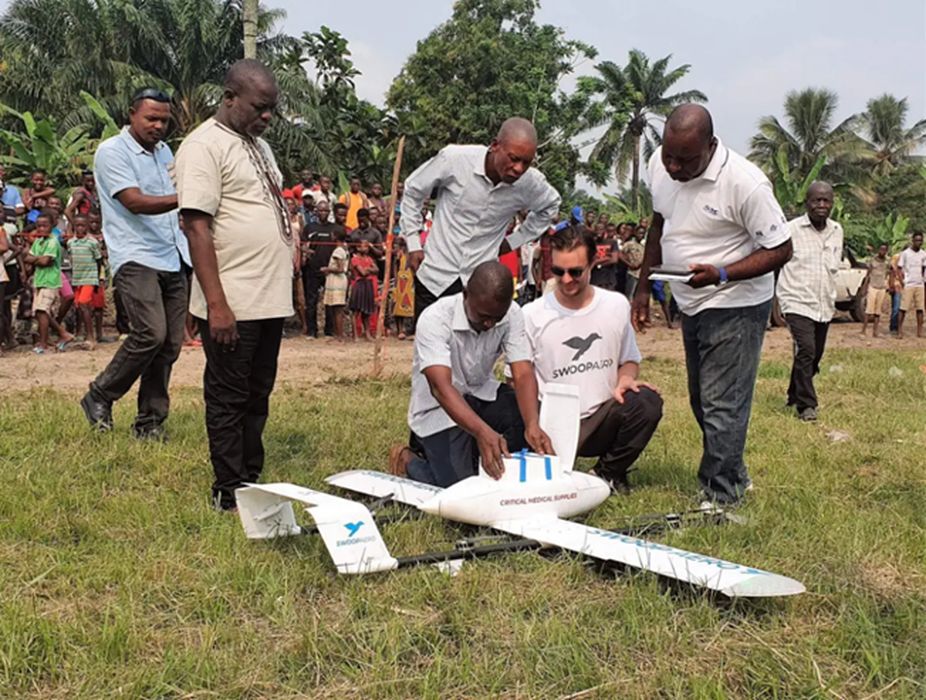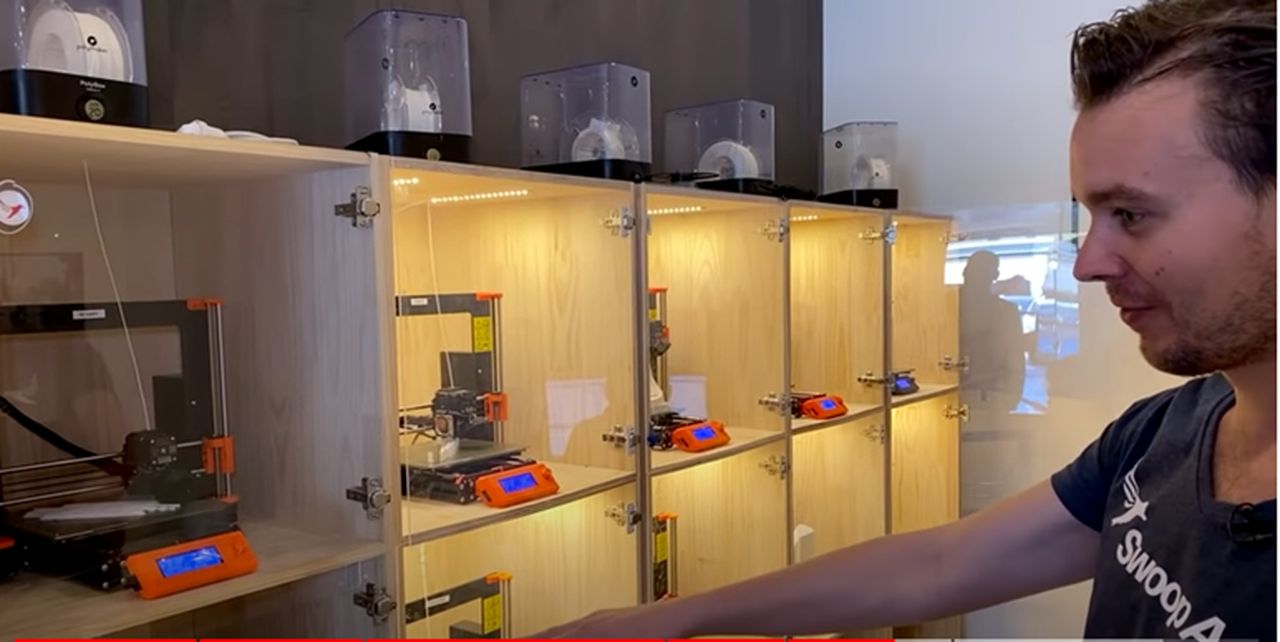
Charles R. Goulding and Preeti Sulibhavi show how 3D print technology has enabled a company to create unique services never before possible.
By now, drones are not a new concept. In fact, we have previously covered drones in previous Fabbaloo articles. These include: Global Drone Reforestation and 3D Printing, 3D Printing’s Role In The First Billion-Dollar Drone Company Valuation, Five DOD-Approved Drone Suppliers & 3D Printing , Warehouse Drones And 3D Printing, UPS and Anduril Drive Drone Sales and 3D Printing Opportunities, and 3D Printed Chinese Drone Components and the U.S. Government.
And, of course, we have covered the topic of Drugs, Drones, and 3D Printing and Vaccines, Drones, And 3D Printing in other Fabbaloo pieces including one covering Amazon Drones, Prescription Drugs, And 3D Printing.
But Swoop Aero is another type of company. According to their website, their primary goal is to provide integrated logistics service to 100 million people by the end of 2025, then scale it to 1 billion people by 2030. Their mission: is to provide the world’s leading technology platform for sustainable and scalable drone logistics. In fact, Swoop’s success has led USAID to award it US$1.5M in funding to help the company expand and grow.

The scalable drone logistics networks they have built since their foundation in 2017 positively impact millions of people in some of the world’s hardest-to-reach places in Vanuatu, Malawi, the Democratic Republic of the Congo, Mozambique and Australia.
And, in a first-time United Kingdom project, Skyports has chosen to leverage Swoop Aero’s comprehensive aviation platform and 3D printed electric drones to deliver a wide range of services including delivering essential medical supplies for the National Health Service (NHS) to remote areas. This started during the COVID-19 pandemic, but has since grown.
The drones can reach remote areas and villagers and residents of these areas remove the caps on the drones, take out their medications and prescriptions from the drones, and place the cap back on the drone then press a button to return the drone back to its headquarters. That simple. But the technology is far from simple.

Their ground-breaking Industry 4.0 technology integrates air logistics seamlessly into existing operations, enabling more efficient, responsive and faster solutions where they’re needed most. During the COVID-19 pandemic, Swoop Aero became the first company in the world to remotely pilot commercially used drones from another country.
3D printers play a vital role in the company’s success. While most tech companies have a few 3D printers, if any, Swoop Aero has twelve that they use to create aircraft parts and then assemble on-premises. Each 3D printer has a name, and one 3D printer has fabricated enough kilometers of print material to line up a straight line through Melbourne city in Australia.
The Research & Development Tax Credit
The now permanent Research and Development (R&D) Tax Credit is available for companies developing new or improved products, processes and/or software.
3D printing can help boost a company’s R&D Tax Credits. Wages for technical employees creating, testing and revising 3D printed prototypes can be included as a percentage of eligible time spent for the R&D Tax Credit. Similarly, when used as a method of improving a process, time spent integrating 3D printing hardware and software counts as an eligible activity. Lastly, when used for modeling and preproduction, the costs of filaments consumed during the development process may also be recovered.
Whether it is used for creating and testing prototypes or for final production, 3D printing is a great indicator that R&D Credit eligible activities are taking place. Companies implementing this technology at any point should consider taking advantage of R&D Tax Credits.
“Onwards and Upwards”
Drones are taking the healthcare industry to new heights. Literally. This means that more people have access to vital, life-saving drugs and vaccines and there are more positive health outcomes globally now than ever before. Swoop Aero is helping to make this happen and 3D printers play a huge role in this story.
